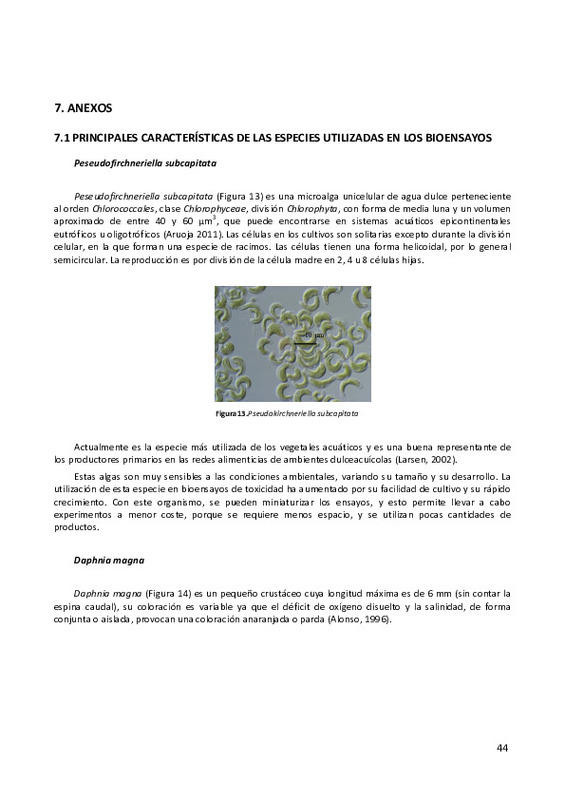JavaScript is disabled for your browser. Some features of this site may not work without it.
Buscar en RiuNet
Listar
Mi cuenta
Estadísticas
Ayuda RiuNet
Admin. UPV
Valoración de la toxicidad en aguas procedentes de la industria corchera tratadas mediante procesos de oxidación avanzada
Mostrar el registro completo del ítem
Valcárcel Alarcón, A. (2016). Valoración de la toxicidad en aguas procedentes de la industria corchera tratadas mediante procesos de oxidación avanzada. http://hdl.handle.net/10251/64956.
Por favor, use este identificador para citar o enlazar este ítem: http://hdl.handle.net/10251/64956
Ficheros en el ítem
Metadatos del ítem
| Título: | Valoración de la toxicidad en aguas procedentes de la industria corchera tratadas mediante procesos de oxidación avanzada | |||
| Autor: | Valcárcel Alarcón, Amparo | |||
| Director(es): | ||||
| Entidad UPV: |
|
|||
| Fecha acto/lectura: |
|
|||
| Resumen: |
[ES] La presión creciente de los procesos de urbanización, desarrollo industrial y la utilización, en muchas ocasiones indiscriminada del agua, han provocado el deterioro de la calidad de las mismas. La principal fuente ...[+]
[EN] Increasing pressure from urbanization processes, industrial development and the indiscriminate use of
water in many occasions, have triggered the deterioration of the water quality. The main source of pollution
is ...[+]
|
|||
| Palabras clave: |
|
|||
| Derechos de uso: | Reconocimiento - No comercial (by-nc) | |||
| Editorial: |
|
|||
| Titulación: |
|
|||
| Tipo: |
|
recommendations
Este ítem aparece en la(s) siguiente(s) colección(ones)
-
ETSIAMN - Trabajos académicos [3541]
Escuela Técnica Superior de Ingeniería Agronómica y del Medio Natural








